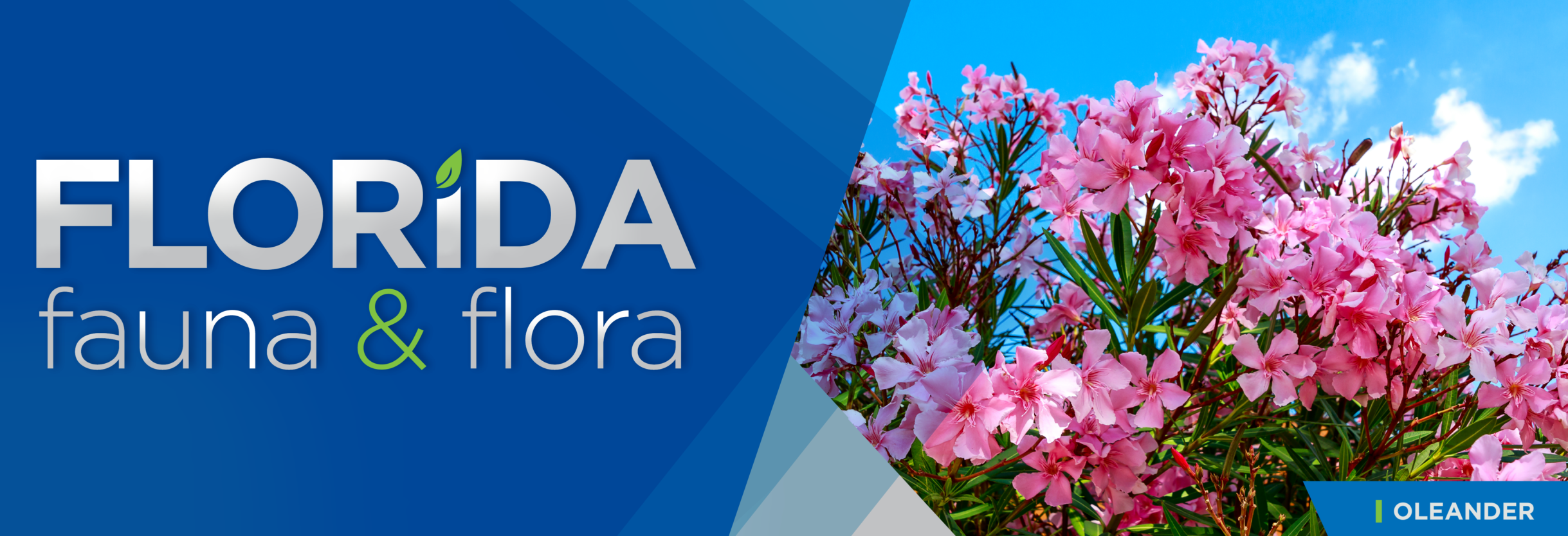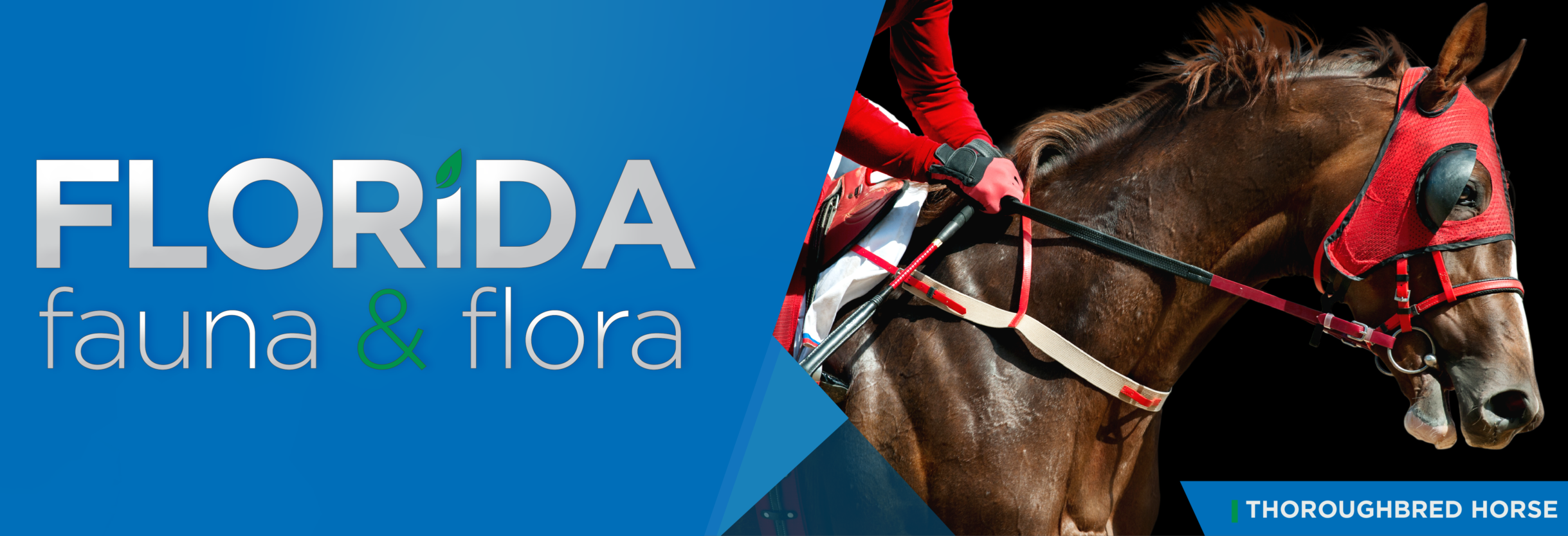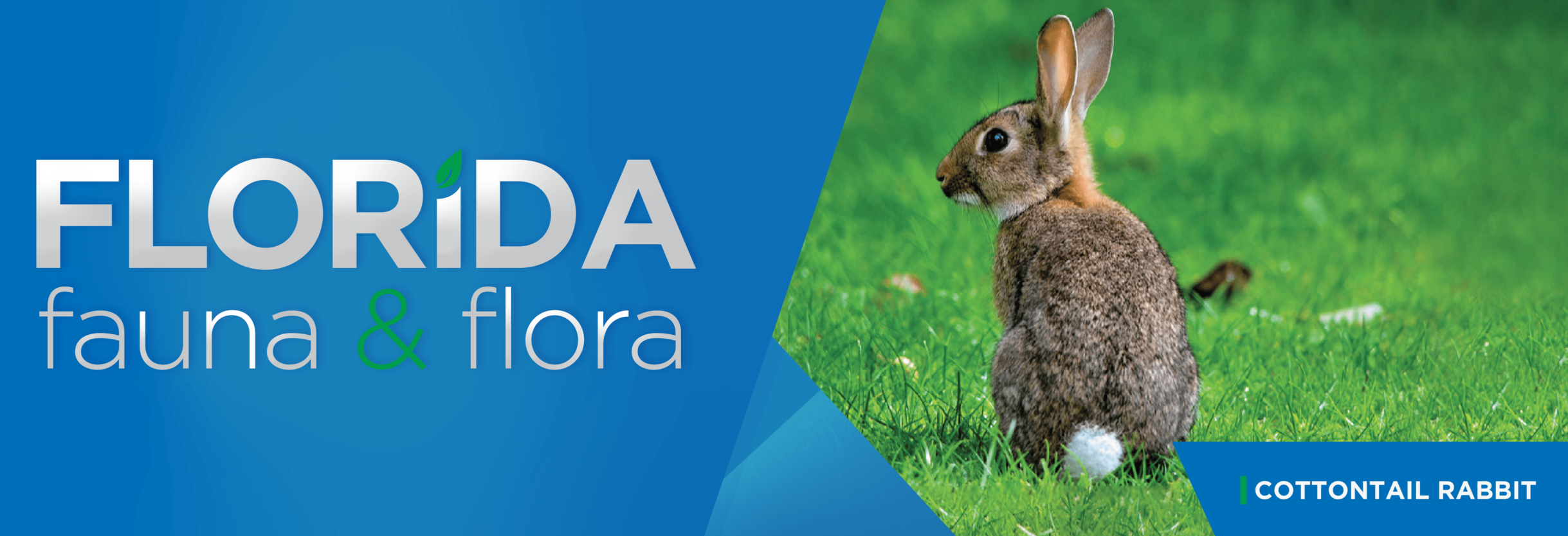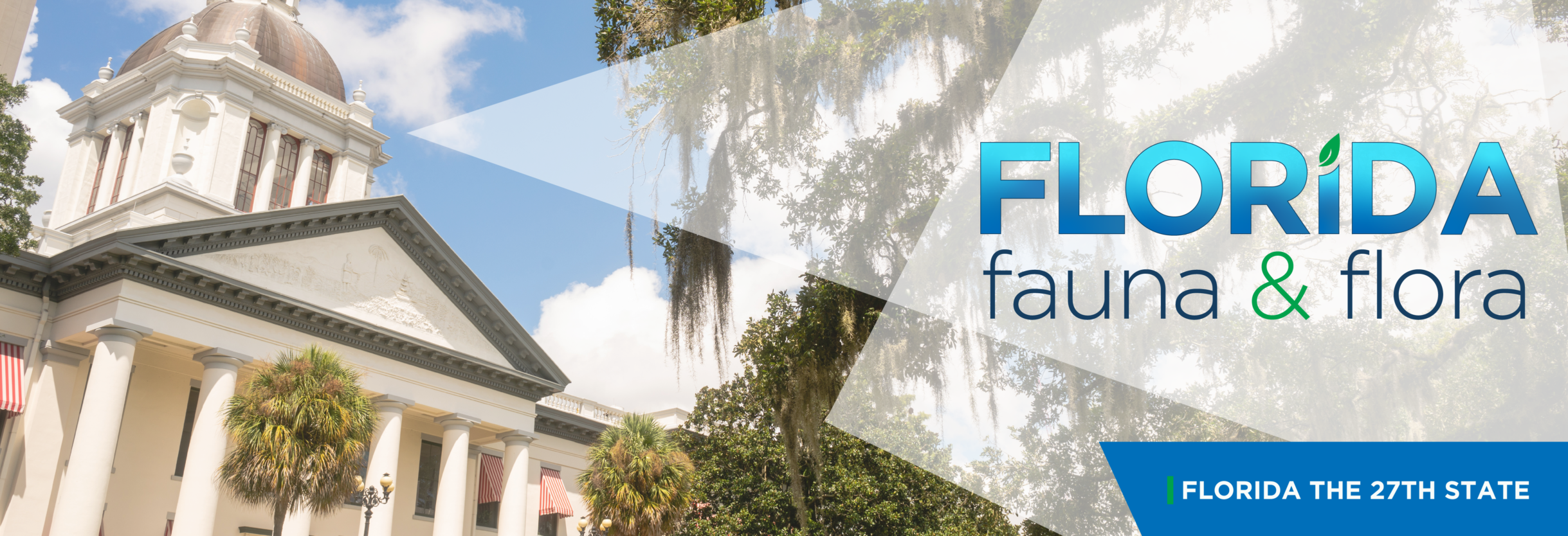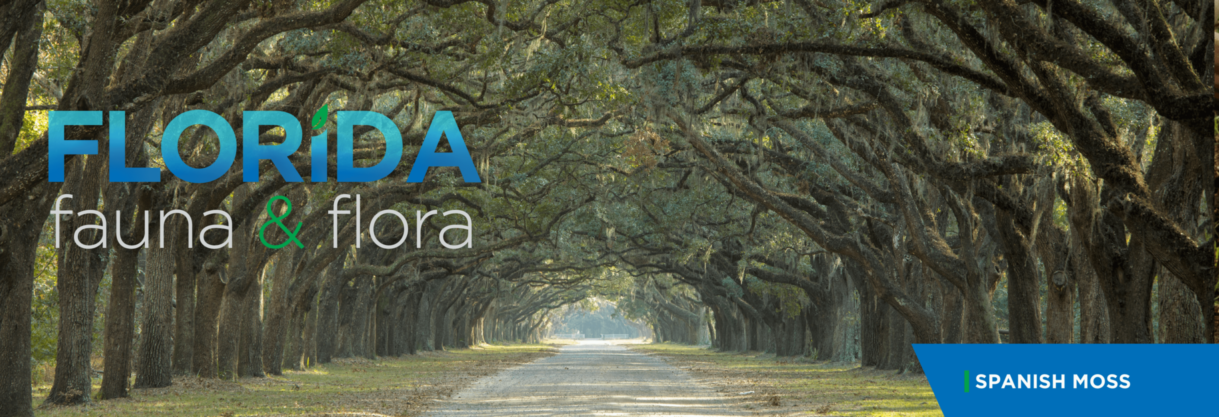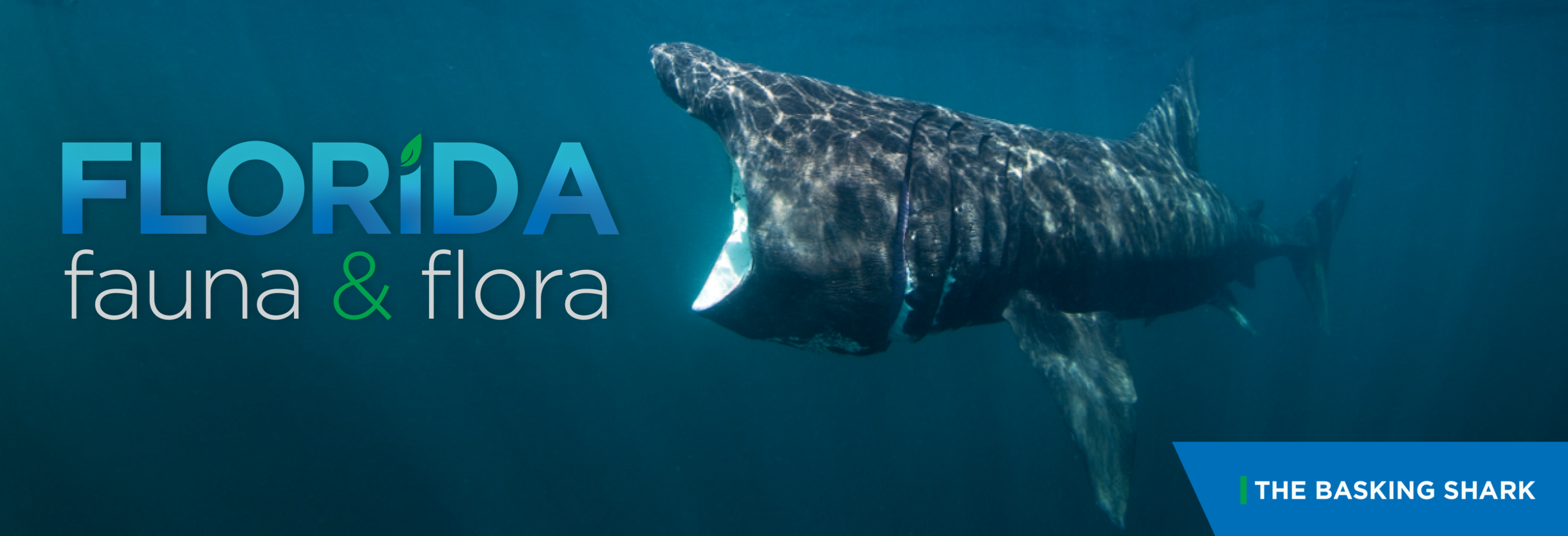Florida Fauna & Flora – Oleander
FLORIDA FAUNA & FLORA – OLEANDER
With its beautiful pink, red or white flowers growing at the end of its branches, oleander is a popular choice for planting. Oleanders can grow six to 20 feet tall. This plant flourishes in warm regions, withstanding extreme heat, poor soil, water shortages, salt spray and lack of proper tree trimming care. For growers with less-than-green thumbs, oleander may be an ideal choice for your home landscape.
Despite its beauty, oleander is also very poisonous. Ingesting large amounts can be fatal especially for small children and animals. The heart, central nervous system and gastrointestinal systems are all affected. For these reasons and depending on your circumstances, it’s important to evaluate whether oleander is a good choice for your location. With its hardy characteristics and eye-catching colors, it is sure to be an aesthetic hit!
Reminder – trees growing into power lines can cause outages, sparks or fires. Planting trees in the right place on your property can reduce cooling and heating costs helping you use less energy. For more tips on planting the right tree in the right place and saving energy visit Right Tree, Right Place.
Read the full June 2019 SECO News online.



